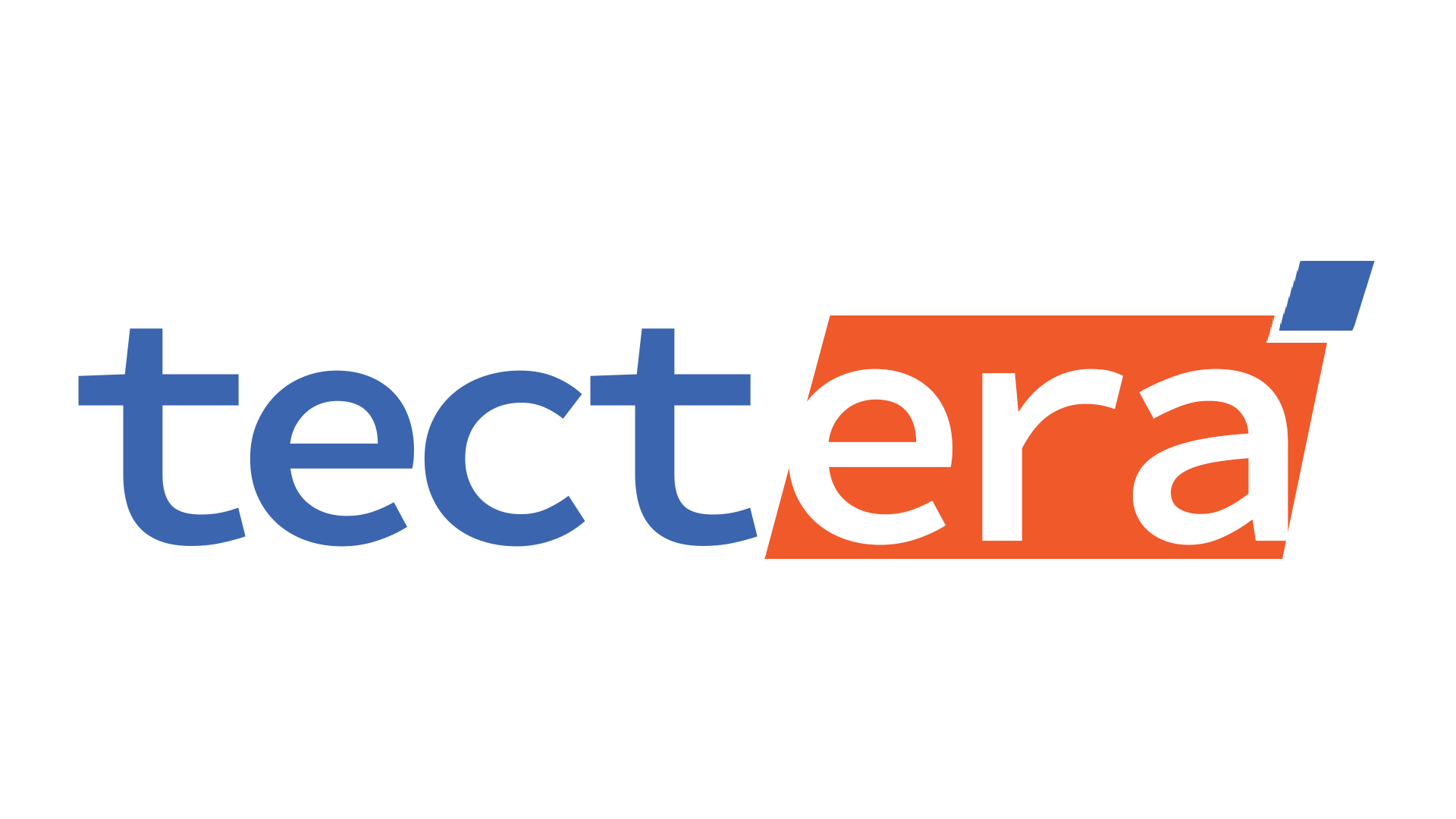In today’s digital age, having a personal portfolio website has become an essential tool for professionals in various fields to showcase their work and skills. Whether you’re a designer, developer, writer, or photographer, a portfolio website can help you stand out in a crowded job market and attract new clients or customers.
A Guide to Using WordPress without Plagiarism
One of the best ways to create a portfolio website is by using WordPress, a popular content management system (CMS) that is easy to use and customize. WordPress is a great choice for creating a portfolio website because it offers a wide range of features and tools that make it easy to manage your content, customize the design, and add functionality.
Before you start creating your portfolio website, it’s important to understand the basics of creating a website without plagiarism. Plagiarism is basically the act of using someone else’s work or ideas without giving them a proper credit.
This can include copying and pasting text or images from other websites, or presenting someone else’s work as your own. In the context of creating a portfolio website, plagiarism can damage your reputation and lead to legal issues.
The first step in creating a portfolio website without plagiarism is to use original content. This means that all the text, images, and videos on your website should be created or produced by you or used with permission. If you’re using someone else’s work, be sure to give proper credit by providing a link or citation.


WordPress Portfolio Website Templates
The second step is to use unique design elements. Instead of copying a pre-made design or template from another website, create your own custom design that is unique to your portfolio. This can include creating your own color scheme, typography, and layout. If you decide to use a pre-made template, be sure to customize it to make it unique to your website.
The third step is to use legal and licensed software, themes, and plugins. WordPress has a wide range of free and paid themes and plugins available, which can add functionality and improve the design of your website. However, it’s important to ensure that the ones you use are legally licensed and updated to avoid any issues.
When creating your portfolio website, it’s also important to consider SEO and make sure your website is easy to find on search engines like Google. To do this, make sure to include keywords in your website’s title, meta tags, and content. Also, Use Yoast SEO plugin which helps you with the optimization of your website and how to use it.
In summary, creating a portfolio website using WordPress is a great way to showcase your work and skills, and to help you stand out in a crowded job market. However, it’s important to remember to use original content, unique design elements, legal and licensed software and plugins, and to regularly update your portfolio website to showcase your best work. By following these guidelines, you can create a professional and plagiarism-free portfolio website that will help you to attract new clients and customers.


One of the great things about using WordPress to create your portfolio website is the ease of use and the wide range of customization options available. There are thousands of themes and templates available for WordPress, many of which are specifically designed for creating portfolio websites. These themes often include pre-designed layouts, custom post types for displaying your work, and easy-to-use customization options for the design. This can make it easy for you to create a professional-looking website without having to spend a lot of time or money on design or development.
When choosing a theme for your portfolio website, it’s important to consider the features and functionality that you need. You’ll want to look for a theme that has a layout and design that is appropriate for your profession and audience. Additionally, you’ll want to consider if the theme has built-in support for displaying your work. Some themes may include custom post types and fields that can be used to showcase your portfolio projects, while others may not.
You may also want to look for a theme that includes options for adding your own logo and branding, customizing your color scheme, and adjusting the layout and spacing of your website. These options can help you to create a website that is truly unique and reflective of your brand and personality.
In addition to choosing a theme, you’ll also want to consider the additional functionality that you may need for your portfolio website. For example, if you plan to sell your work online, you’ll want to consider a theme that includes e-commerce functionality, or that can be easily integrated with an e-commerce plugin like WooCommerce. Additionally, you may want to consider a theme that includes options for creating a blog, adding social media integration, or including contact forms.
Once you’ve chosen a theme and set up your website, it’s important to add your own original content and portfolio projects. When adding your content, be sure to use high-quality images and videos to showcase your work. Additionally, consider adding descriptions, context, and other information about your projects to help your visitors understand your work and the process behind it.
Also, you’ll want to make sure that your website is easy to navigate and that your visitors can find the information they need. Creating a clear and simple navigation menu, and organizing your projects into relevant categories can help to make your website more user-friendly.
While your portfolio website is meant to be a representation of your work, it’s also important to remember that it’s also a representation of you as a professional. It’s important that your portfolio website projects give a clear representation of your skills, experience, and qualifications. Adding your CV, testimonials, or case studies on your website can be a great way to give your visitors a comprehensive understanding of who you are and what you can offer.
Lastly, it’s important to keep your portfolio website updated. As you produce new work, add new projects to your portfolio website. Additionally, make sure to update your website with new information, such as your latest job experience, new services, or any other relevant information that can help you attract new clients and customers.
In conclusion, creating a portfolio website using WordPress is a great way to showcase your work and skills, and to help you stand out in a crowded job market. By choosing a theme that meets your needs, adding original content and portfolio projects, and keeping your website up to date, you can create a professional and plagiarism-free portfolio website that will help you attract new clients and customers. Remember to also follow all the guidelines to keep it plagiarism-free and to also remember to make sure it’s legally licensed and updated.
In order to get to more information, You can reach out to us and get a more knowledge on developing your portfolio website. We are Tectera, We are leading web development company who are specialized on Search Engine optimization, Social media Marketing and Software development.
Contact Tectera for web design in Sri Lanka.


Editorial Staff at Tectera are experts on web design, SEO, social media and other digital marketing channels.




